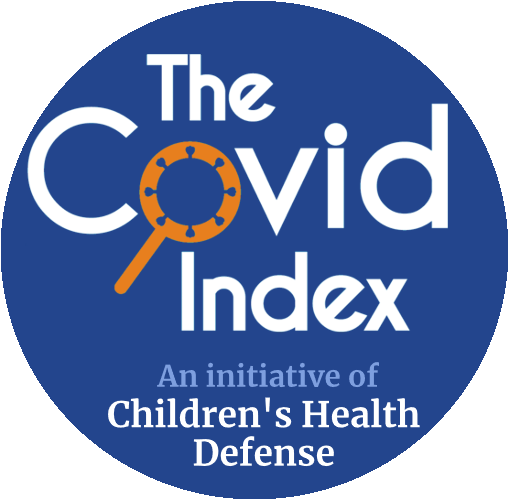"3. Immune Response and Circulating Extracellular Vesicles Containint miRNAs
Recent studies showed that circulating extracellular vesicles containing microRNAs are strongly associated with antibody production and adverse reactions after COVID-19 vaccination [17]. The administration of the mRNA vaccines, known as mRNA-1273 and BNT162b2, respectively, is proved to trigger a whole series of biomolecular reactions within the cell [18], where single strands of viral mRNA are allowed to freely circulate once they have penetrated the cell by endocytosis. MiRNAs are non-coding RNA molecules made of 20–24 nucleotides that regulate post-transcriptional gene expression...
5. Discussion
The disruption of miRNA biogenesis machinery is responsible for several human pathologies. miRNA dysregulation is associated with the development of clinical complications during COVID-19 infection. It has been demonstrated that the expression level of numerous miRNAs is altered after COVID-19 vaccination. Thus, the altered expression levels of circulating miRNAs could affect the severity of the disease once contracted. SARS-CoV-2-encoded miRNAs can affect the host’s immune response. It is reasonable to assume that the disrupted expression of these small molecules can contribute to the onset of other longer-term diseases. The dysregulation of the host miRNA range that modulates multiple gene expressions can influence cancer development, either directly or indirectly. In fact, different miRNAs can function as oncogenes or tumor-suppressor genes. For instance, recent studies have revealed that miRNA-451 (miR-451), downregulated after COVID-19 vaccination, is involved in various human physiological and pathological processes. It has been shown that miR-451 is implicated in the progression of multiple cancer types, affecting the tumor cells’ invasiveness and metastasis after secretion via exosomes into the tumor microenvironment, not only directly but also indirectly.
Based on vaccination schedules, any single dose contains a huge number of viral mRNAs, resulting in their massive entry into the host cells. Comparable to a ‘Trojan horse’, it can be assumed that a whole series of metabolic events will be triggered as a positive feedback loop in any given gene network that is regulated by miRNAs. It is also known that most of the miRNAs that operate in the nucleus will simultaneously regulate transcript stability in the cytoplasm and vice versa, resulting in a highly integrated mechanism. As cellular metabolic pathways follow the law of mass action, a substantial number of miRNAs targeted to numerous viral mRNAs should be produced. It is also possible that the host’s miRNA machinery might be overwhelmed in the processing of miRNAs and diverted away from its normal cellular functions and molecular pathways. This might lead to dangerous, long-lasting dysregulation of the miRNA pathways. It is reasonable to assume that some viral messenger RNAs will trigger changes in the host miRNA transcription profiles or stabilities and that the resulting modified miRNA clusters might favor the development of different disorders. This might be particularly relevant if the altered miRNA cistron included host miRNAs with oncogenic properties."
© 2023 by the authors. Licensee MDPI, Basel, Switzerland.
This article is an open access article distributed under the terms and conditions of the Creative Commons Attribution (CC BY) license (https://creativecommons.org/licenses/by/4.0/).
